Want to keep your bonsai looking great? Bonsai defoliation is what you need.
Bonsai defoliation maintains the aesthetic appeal of your bonsai. However, there are several other reasons for bonsai defoliation. These include everything, from improving airflow to promoting bonsai growth.
Unfortunately, many people don’t know how to properly defoliate a bonsai tree. This can lead to stunted growth or premature death of the bonsai. Thus, in this article, I will explain the bonsai defoliation techniques in an easy-to-replicate manner.
Why should you defoliate a Bonsai tree?
A bonsai tree is defoliated to stimulate back-budding. Also, it slows down branches that are growing too fast. Moreover, there are other reasons for defoliation, such as;
- Providing light to small leaves that are covered by larger leaves.
- Bonsai defoliation allows deciduous trees to produce better autumn colors.
- In bonsai trees, defoliation reduces the size of renewable leaves.
- Bonsai trees grow more smoothly when the bud in the crown grows faster.
- If you defoliate a Bonsai tree during the summer, bonsai wiring will be easier. Also, the bonsai tree can remain wired until the following spring.
- Your bonsai leaves will look more proportionate after defoliation.
- By removing scorched leaves, stronger leaves can grow.
Buying ceramic pots online can be a convenient and easy way to find the perfect container for your plants. With many options to choose from, including different sizes, colors, and styles, you can find a pot that complements the aesthetic of your space. It’s important to ensure the pot has the appropriate drainage holes and size for your plant.
Bonsai Defoliation Technique
Partial Bonsai Defoliation Technique
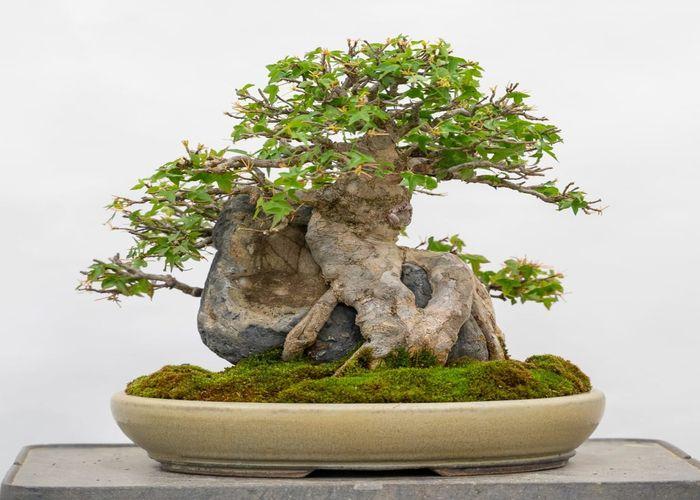
Partially defoliating bonsai is less stressful than the complete defoliating technique.
This is because of the following two reasons:
- Leaf removal causes less trauma throughout the growing season. Usually from May until August.
- Only a small part of the leaves is removed. Hence, this allows larger leaves to continue photosynthesis.
Partial Defoliation Technique: Steps to Follow
- Start by removing the largest leaves from the branch tips.
- A tree’s lower branches will receive more light this way and grow more vigorously.
- As the bonsai grows, there will be more opportunities to shape and train it.
- During the growing season, remove only the largest leaves.
- By the end of summer, tiny leaves will replace them.
- After partially defoliating a bonsai, place it in a sunny location to help it recover.
- Provide it with plenty of water.
Partial defoliation is generally considered the best method for beginner bonsai enthusiasts. Additionally, a critical mistake in the shape and health of the tree is less likely to occur after partial defoliation. And if any mistakes do occur, it is quite easy to fix them under this method.
Also, partial defoliation is a reliable way of determining a tree’s response to leaf loss.
Complete Bonsai Defoliation Technique
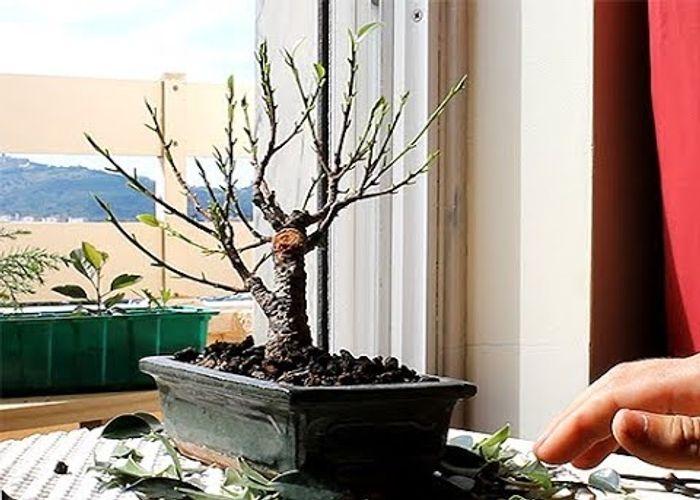
The complete bonsai defoliation technique involves removing every leaf from the tree. Allow the new leaves to “harden off” for a few days. As the leaves harden, they lose their tender green color and become shiny, tough, dark green.
Complete Defoliation Technique: Steps to Follow
- With a sharp knife, cut each leaf at its base, leaving the stem (petiole) behind.
- As new buds appear and begin to pop, the petioles will dry out and fall off.
- Also, it will be easier to study the tree’s real structure when the leaves have fallen.
- Experts can use this as a starting point for pruning, wiring, and training their bonsai.
- Let the bonsai recover in the partial sun after complete defoliation. Due to the absence of leaves, it will need less water after defoliation.
- It will take about 3-6 weeks for new buds to appear. Also, it takes a different amount of time for different species.
- After new buds appear, the leaves will unfold.
How to Defoliate a Bonsai Tree: Step By Step Guide
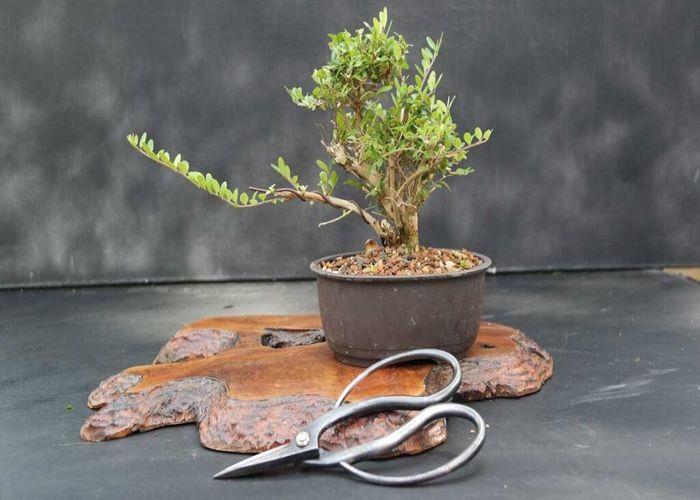
Once you have determined a tree’s suitability, species, and health, you can start defoliating it. Moreover, it is always a good idea to keep your pruning scissors or leafcutter sharp and clean. Additionally, when pruning away partially defoliated leaves, keep the stems intact.
Step 1: Assess Your Tree’s Suitability
To determine if your tree is suitable, you must first determine its type.
Defoliation is not suitable for evergreen trees. Such as pine, juniper, Japanese holly, pistachio, sage retia, and Podocarpus. But deciduous bonsai trees such as elm, hawthorn, beech, oak, fig, and maple work well. However, make sure your deciduous trees aren’t sick, recently potted or pruned, or too young.
Step 2: Get the Right Tools
It is important to use the right tools to ensure a clean, healthy cut that heals quickly. Also, don’t use blunt or dirty blades, which can cause damage or infection. Lastly, after sharpening your blades, wipe them with antiseptic or rubbing alcohol.
By using your fingers, you can pinch out leaves and buds. Also, for those who may slip and mistakenly cut the wood, keep some bonsai cut paste on hand.
Step 3: Locate the Defoliation Area
To defoliate specific areas, you must assess them carefully. For example, you can defoliate apically dominant trees to encourage growth. As your bonsai grows, there will be more opportunities to shape and train it.
It is important to carefully plan and consider the defoliation area.
Step 4: Prune the Leaves
To begin, trim the large leaves at the ends of the branches. Take the larger leaves off the bonsai. This will allow more light to reach the smaller branches in the center and at the bottom.
Partial defoliation will increase bonsai growth. For stiffer leaves, you can use a leafcutter or twig shears. Moreover, you can use your fingers to prune the soft leaves. However, leave the stem of the leaf intact. Apply the complete defoliation technique to remove all the leaves of the bonsai tree
You can also plan for future defoliation, pruning, and training with this knowledge.
Step 5: Aftercare
After defoliation, there are fewer leaves that need nourishment. Hence, little aftercare is needed. However, always keep newly trimmed bonsais out of direct sunlight. Also, before being exposed to the sun, the inner leaves need to become harder.
Tips to defoliate Bonsai trees in pot
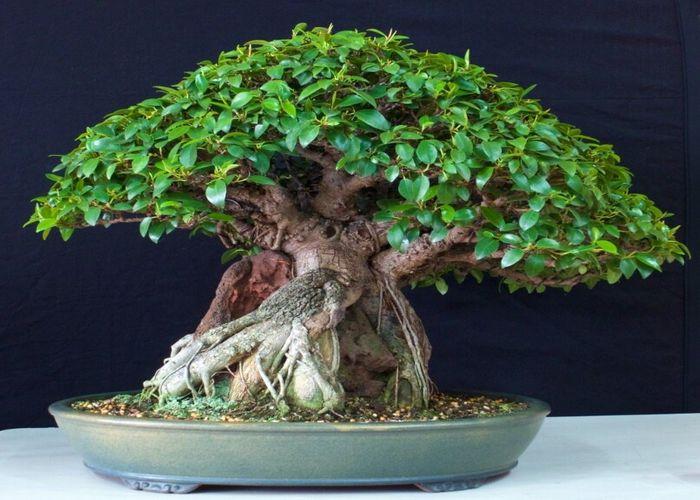
Here are the steps involved in defoliating a Bonsai tree in a pot.
- Check for weeds inside your Bonsai pot or dead leaves on your tree. Be sure to remove them and dispose of them to prevent damage to your Bonsai tree.
- To prevent pest infestations, trim off crossed and broken branches.
- If the tree does not grow too big, trim any twigs extending beyond three to four nodes.
- Summer is the best time to defoliate.
When to defoliate a bonsai tree?
Normally, the best time to defoliate Bonsai trees is in June. At that time the trees have ample time to grow new leaves before the winter season begins.
Make sure to never defoliate bonsai trees during their sleeping season (fall, spring, and winter). Thus, it is best to defoliate a Bonsai tree in June, when it is active (growing).
It is also important to defoliate trees like Trident Maples, Crab-apples, Hornbeams, and Fuchsia bonsai in June. However, not all bonsai trees should be defoliated in June. May is a good time to prune Fig Bonsai, Privet Bonsai, Oak Bonsai, Hawthorn Bonsai, and Chinese Elm Bonsai.
What kind of Bonsai can be defoliated?
It is possible to defoliate nearly all kinds of Bonsai trees. However, timely defoliation of Bonsai trees is crucial.
Suitable tree species
- All deciduous trees with large leaves (such as linden).
- Plants that are robust and healthy.
Unsuitable trees
- Trees of the coniferous family (Larch, White pine, Juniper)
- Deciduous trees that flower and bear fruit
- Bonsai trees that are sick or weak
- Plants with small leaves and good branching. Examples are pomegranate, Holly, Cotoneaster, Ash, Olive trees, and Serissa.
Conclusion
To put it simply, defoliation is the removal of healthy leaves from your bonsai. The purpose of defoliation is to stimulate new growth. Also, in the growing season, only mature deciduous trees can be defoliated safely.
In the bonsai defoliation technique, you remove some or all the leaves from your bonsai tree. However, the technique is detailed, time-consuming, and advanced.
Through intentional trimming, the tree grows new, smaller leaves and develops further. Also, during the next growth period, defoliation encourages two-fold new growth. This delicate procedure is best performed in the summer.
Before you go, I would be happy to hear about your bonsai defoliation experience.
Related Articles
- White spots on the leaves?- Powdery mildew on bonsai (identification and solution).
- Bonsai Bloom Booster: How Beer and Garlic Will Change Your Gardening Game!
- 9 Things You Must Stop Doing As a Bonsai Owner To Make Your Bonsai Live Longer
- Mastering Bonsai Care During Monsoon: A Comprehensive Guide
- Revive Your Bonsai Tree with These Proven Techniques!
- Top 15 Must-Have Bonsai Tools for Enthusiasts



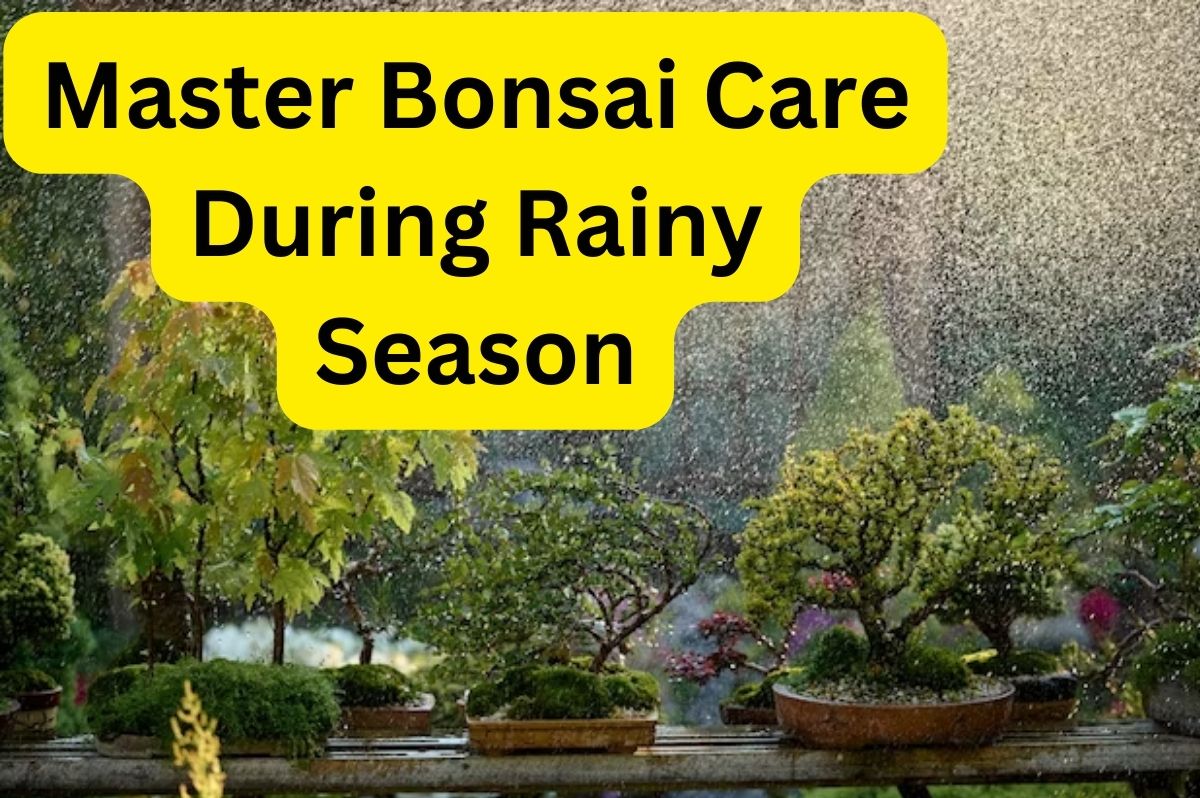
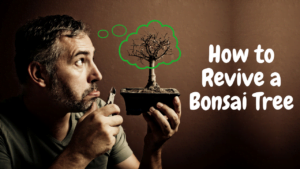

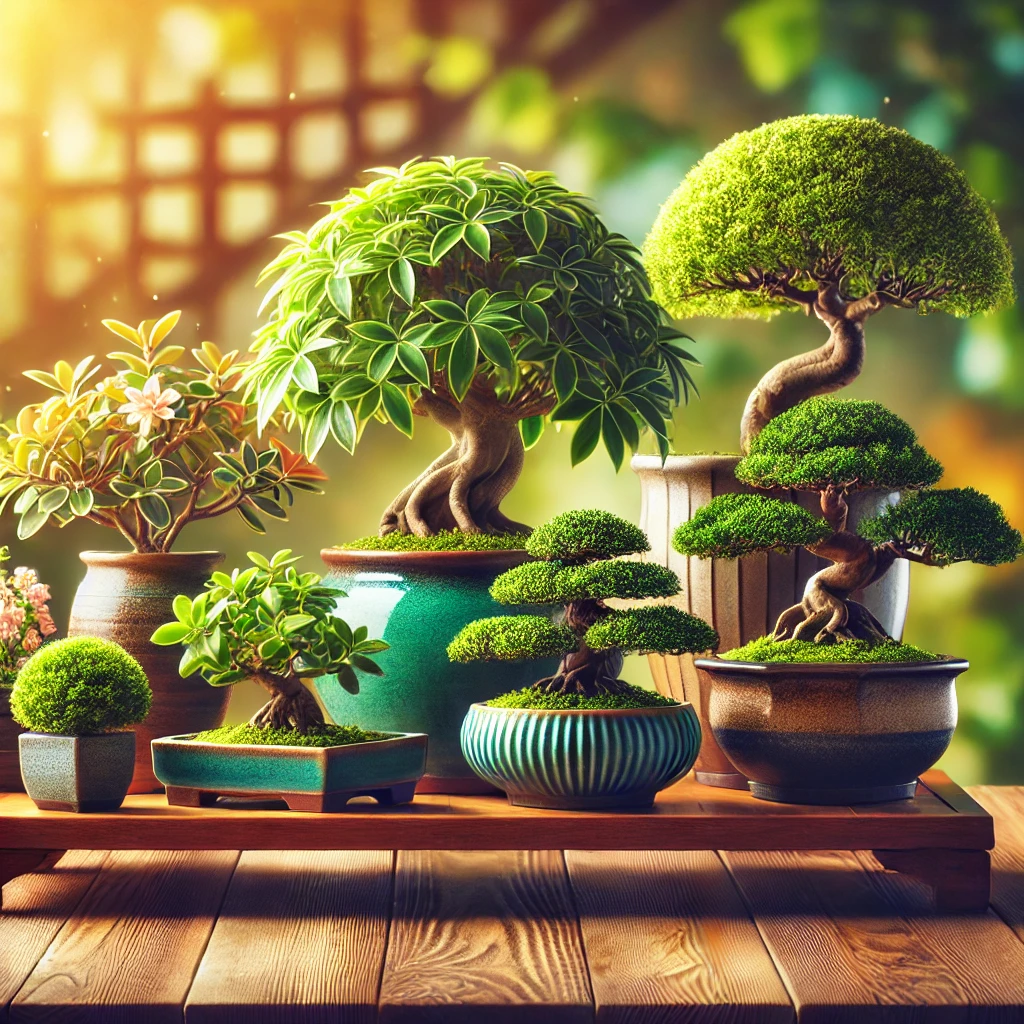
Pretty nice post. I just stumbled upon your weblog and wished to say that I
have really loved surfing around your weblog posts.
After all I’ll be subscribing in your rss feed
and I’m hoping you write again very soon!
Thank you for your kind words! I’m glad to hear that you enjoyed reading my weblog posts. I appreciate your support and am thrilled to have you as a subscriber to my RSS feed. I will certainly do my best to keep providing quality content that you will enjoy. Thank you again for your feedback and for following my blog.